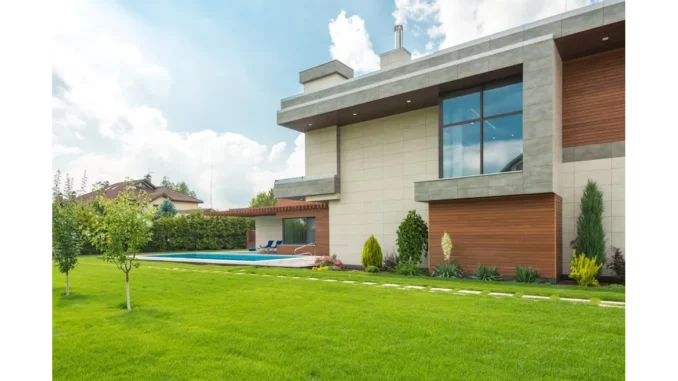
The construction glass market is entering a transformative phase, poised for substantial growth over the next decade. This surge is largely driven by technological innovations, an increasing demand for energy-efficient constructions, and the rising popularity of sustainable building practices. As the global construction sector expands, construction glass emerges as a versatile and indispensable material, critical to modern architectural solutions. The following discourse examines the factors fuelling this market expansion and the pioneering trends that are shaping its future trajectory.
Successful low-energy building design hinges on careful planning. Focus360 Energy can help.
Central to the growth of the construction glass market are the advancements in manufacturing technologies. Companies are channeling significant resources into research and development to engineer glass with superior attributes. Low-emissivity (low-e) glass, for instance, stands out as a modern construction staple. Its coating of metallic oxide is engineered to minimise heat transfer while permitting natural light, thus diminishing reliance on artificial illumination and heating systems. The introduction of such glass types has underscored the importance of energy efficiency in contemporary building designs.
Additionally, innovations like smart glass and self-cleaning glass are gaining momentum. Smart glass, also referred to as switchable glass, has the capability to alter its light transmission properties in response to external stimuli such as light or temperature. This dynamic control significantly enhances occupant comfort while trimming down energy usage. Self-cleaning glass, on the other hand, employs a special coating that decomposes dirt when exposed to sunlight, thereby reducing maintenance needs and enhancing the aesthetic appeal of structures. These advancements are not merely technological feats but pivotal contributions to the reduction of energy consumption in buildings worldwide.
The drive towards sustainability and the adoption of green building practices are other key components propelling the construction glass market forward. As environmental awareness grows, so does the demand for materials that support sustainable development. Construction glass, with its potential to improve energy efficiency and reduce carbon footprints, is ideally positioned to satisfy this burgeoning demand. Certifications such as LEED (Leadership in Energy and Environmental Design) and BREEAM (Building Research Establishment Environmental Assessment Method) are now essential benchmarks in the construction industry. These certifications recognise buildings that achieve high standards of environmental performance, including energy conservation and indoor air quality. Construction glass significantly contributes to these standards by providing natural insulation and facilitating the integration of renewable energy technologies, such as solar arrays.
Regionally, the construction glass market is witnessing robust growth, particularly in Asia-Pacific and North America. The rapid urbanisation and industrialisation in Asia-Pacific are driving heightened demand for construction glass across residential and commercial sectors. Governments in the region are making substantial investments in infrastructure and affordable housing, creating promising opportunities for glass manufacturers. Meanwhile, in North America, favourable economic conditions and government initiatives promoting energy-efficient construction are spurring market growth. The United States’ Bipartisan Infrastructure Law, with its substantial funding for infrastructure projects, is expected to further fuel demand for construction glass. Moreover, stringent building codes focused on energy efficiency are encouraging the adoption of advanced glazing solutions.
Despite these promising trends, the construction glass market is not without its challenges. Fluctuations in the prices of raw materials such as silica, soda ash, and limestone can impact profitability. Additionally, stringent environmental regulations concerning emissions and waste management pose compliance challenges for manufacturers. Nonetheless, these hurdles also present opportunities for innovation and differentiation. Manufacturers are exploring alternative raw materials and sustainable production methods to mitigate costs and lessen environmental impacts. The development of new glass products, boasting enhanced properties and functionalities, is paving the way for market expansion and diversification.
In synthesising these insights, it becomes evident that the construction glass market is on the brink of substantial growth. This growth is driven by technological advancements, sustainability initiatives, and regional development projects. As the construction industry evolves, construction glass will play an increasingly pivotal role in redefining building design and performance. By embracing innovation and sustainability, the construction glass market is well-prepared to meet the demands of the modern world, contributing significantly to a more sustainable built environment.


Be the first to comment